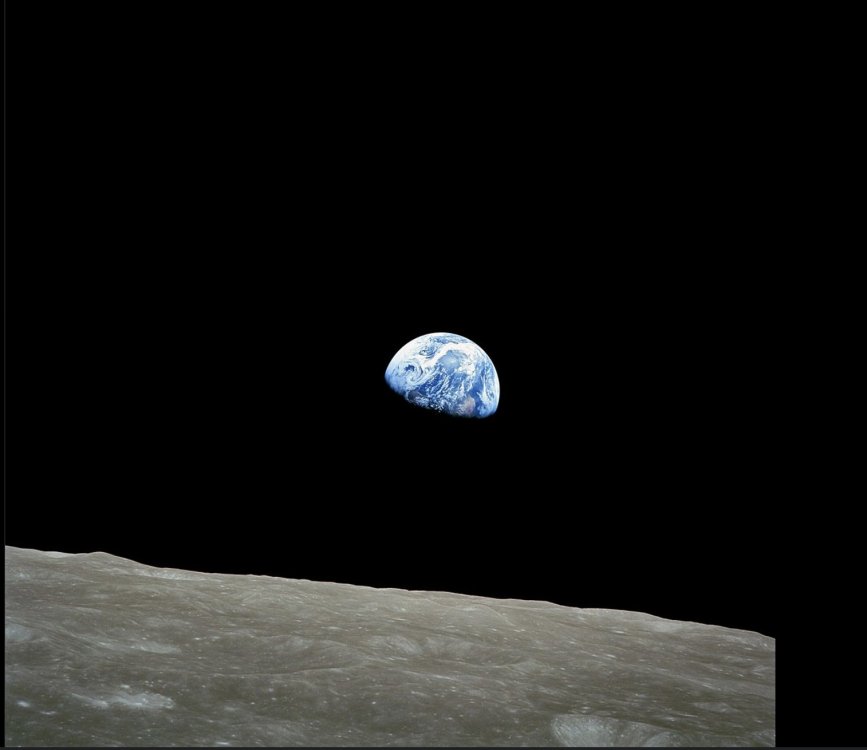-
Posts
54721 -
Joined
-
Last visited
-
Days Won
322
Content Type
Profiles
Forums
Events
Everything posted by swansont
-
Lots of different types/descriptions in the US Ranch, bungalow, Victorian, townhouse, cottage, colonial, split-level, tudor, and others
-

Lorentz transformation, special relativity and quantum fluctuations
swansont replied to MJ kihara's topic in Speculations
Whatever you can measure - momentum, position, energy, time… -
Doesn’t this assume AY + TH < 100?
-

Lorentz transformation, special relativity and quantum fluctuations
swansont replied to MJ kihara's topic in Speculations
What if your signal can’t penetrate the vacuum chamber? Proposals such as this generally have to mathematically describe what signal they expect, and why -

Lorentz transformation, special relativity and quantum fluctuations
swansont replied to MJ kihara's topic in Speculations
Why not have the detectors in the vacuum? This sounds vaguely similar to the dynamical casimir effect experiments https://en.m.wikipedia.org/wiki/Casimir_effect#Dynamical_Casimir_effect -

Does the spacetime curvature according to Einstein really exist?
swansont replied to tmdarkmatter's topic in Speculations
Then we’re done here -

Does the spacetime curvature according to Einstein really exist?
swansont replied to tmdarkmatter's topic in Speculations
We detect actual gravitational radiation in LIGO, which is exceedingly weak, and this shielding you propose should be proportional. It’s one thing to say it’s responsible for gravity and another to say it’s too weak to measure. You can’t have it both ways. -

Does the spacetime curvature according to Einstein really exist?
swansont replied to tmdarkmatter's topic in Speculations
If you are positing some new radiation we can’t measure, then we aren’t observing it. But you need some independent confirmation of this. This is science, not science fiction. -
What atoms with virtually no net charge? The fission fragments would be highly ionized. This isn’t the sticking point. Because they are charged they deposit their energy in a short distance, as they collide with other nuclei and ionize atoms along their path.
-

Does the spacetime curvature according to Einstein really exist?
swansont replied to tmdarkmatter's topic in Speculations
Since you never defined “thin” this is a pretty lame objection. A couple parts in a thousand is pretty thin. You’ve given no rigorous analysis as to why it should be any thinner. You still have not quantified these radiation levels or presented any sort of model. Fast relative to what? If the radiation is coming from all directions shouldn’t this increase the rate from the direction of motion? (doesn’t apply to EM radiation, of course, since that always moves at c relative to the observer) Do you have any independent evidence that radiation affects time? That time passes faster in daytime than nighttime, for example? ! Moderator Note Yes, since you have presented nothing that passes as science. Soapboxing is against the rules, and we don’t have a “supposing and guessing” section. -
You might note this is days, not the year, and the scale is milliseconds, i.e. much smaller than what was described in the OP The “mystery” is which contributions are primarily responsible. The mechanism is well-known - conservation of angular momentum* If the moment of inertia changes, the rotational speed will also change to keep the momentum constant. Mass distribution changes cause the moment to change. These can come from melting of arctic ice, droughts, changes in shape of the earth’s crust IIRC there are dozens of terms in the earth rotation model. Some are not predictable. You have to model them as they happen. The rotation has been known to speed up and slow down for as long as we’ve had precise enough data *there’s a long-term effect which is exerting a torque, thus lowering the angular momentum: tidal breaking from the moon.
-

Does the spacetime curvature according to Einstein really exist?
swansont replied to tmdarkmatter's topic in Speculations
You can also find images of earth taken from space, which show how thin the atmosphere layer is. Such as the earthrise pic from an Apollo mission -

Does the spacetime curvature according to Einstein really exist?
swansont replied to tmdarkmatter's topic in Speculations
It is. The earth has a radius of ~6400 km. The atmosphere is only substantial for a few km. That’s pretty thin. -

Does the spacetime curvature according to Einstein really exist?
swansont replied to tmdarkmatter's topic in Speculations
What is allegedly disappearing? -

Does the spacetime curvature according to Einstein really exist?
swansont replied to tmdarkmatter's topic in Speculations
If you think there are other sources that come anywhere close to this, cough up the evidence. The astronomers that look for such sources will be very interested. -

Does the spacetime curvature according to Einstein really exist?
swansont replied to tmdarkmatter's topic in Speculations
Yes, and the force it exerts is P/c (power divided by the speed of light) for absorption. (reflection doubles this) So 3.33 nanonewtons per watt. This is not a large force. 3.33 micronewtons per kilowatt, meaning around 5 micronewtons per square meter from the sun, which is by far the brightest source for earth. -

Does the spacetime curvature according to Einstein really exist?
swansont replied to tmdarkmatter's topic in Speculations
Same for e.g. electromagnetics Physics doesn’t explain why. It explains the behavior we observe In speculations, if you comply with the guidelines for that section. The first represents a detailed model of physical behavior. The latter two are not. Also, correlation is not causality. Scientific models are compared to data. If the model agrees with the data and allows one to make accurate predictions, it’s eventually accepted as being valid. -
A high energy particle like a fission fragment striking (or passing near) an atom will tend to ionize the atom, but those electrons will recombine with some other nucleus that has been ionized. Accelerated charges (as they scatter) produces bremsstrahlung. So there are some lossy mechanisms with regard to the energy of a current. These charges aren’t flowing in a particular direction, so there isn’t a current, as such. Then there’s the question of whether you can make this in a conductive material and have it hold up to the fission damage.
-
! Moderator Note This is off-topic and doesn’t include enough information to be a stand-alone thread. As I said, you can start a new thread to discuss a topic. But comply with our requirements
-
! Moderator Note If you want to discuss your theory do so in a different thread in speculations. But without advertising your book.
-
To add to MigL’s comment - it’s an established approach to look for violation of energy or momentum in a chosen frame, because if you find a violation one frame, it’s game over. SR tells us the the laws of physics have to work the same in all frames.
-
The difficulty will be in stepping down the energy of the individual particles - you want more charge carriers at lower energy. e.g. you want 10^20 charge carriers at 1 keV, not 10^17 at 1 MeV (and for the fusion case you want this in a conductor, not a plasma)
-
But you have to, in order to eliminate it.
-
Are there any reactors that directly generate electricity, rather than heating water to run a steam turbine?


